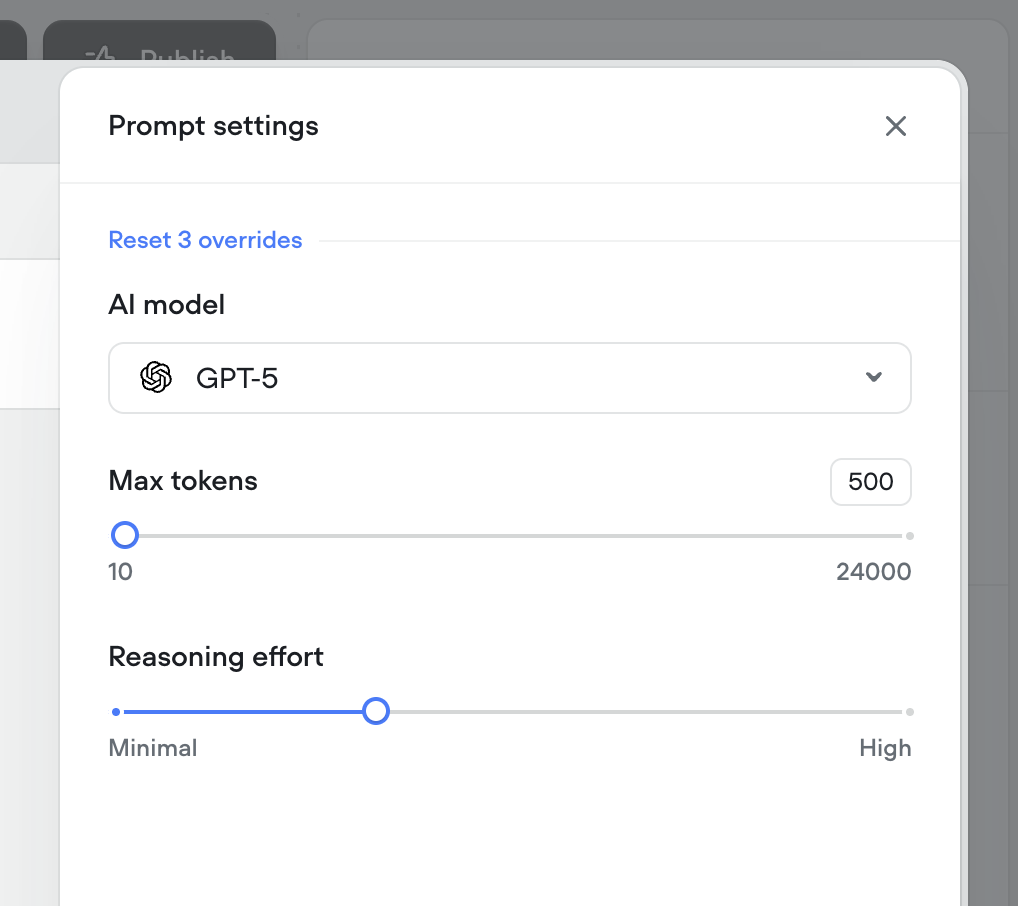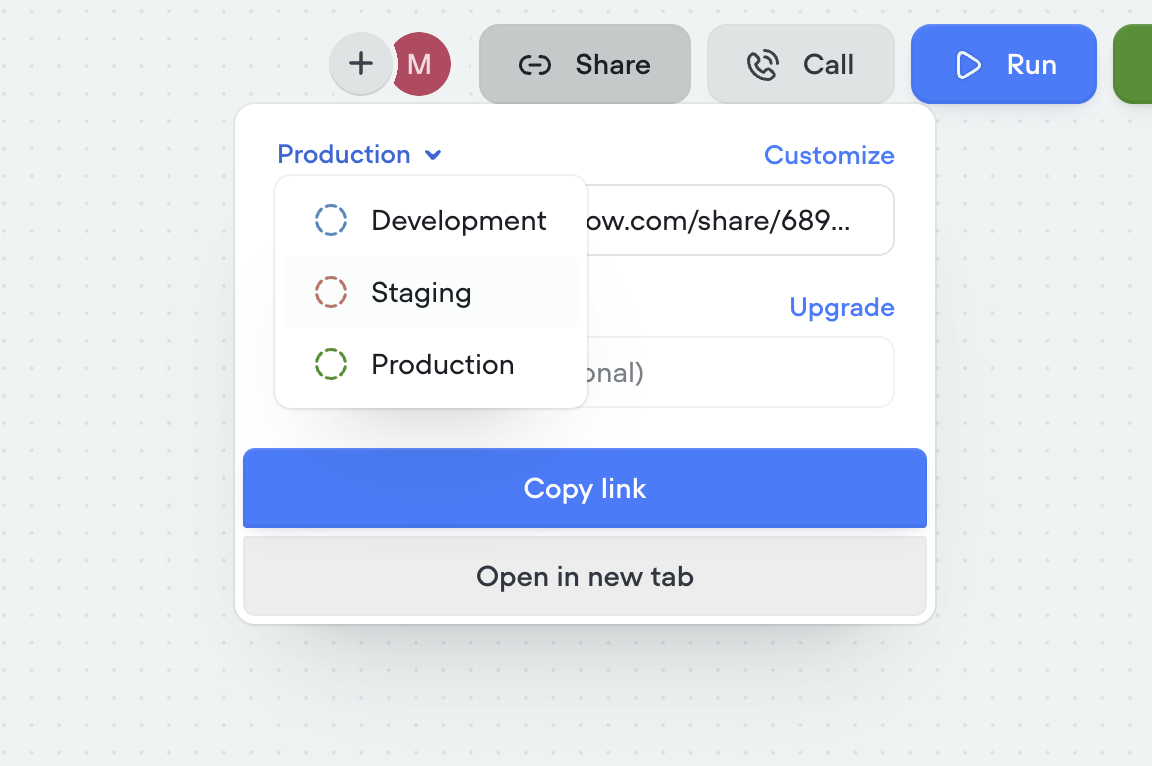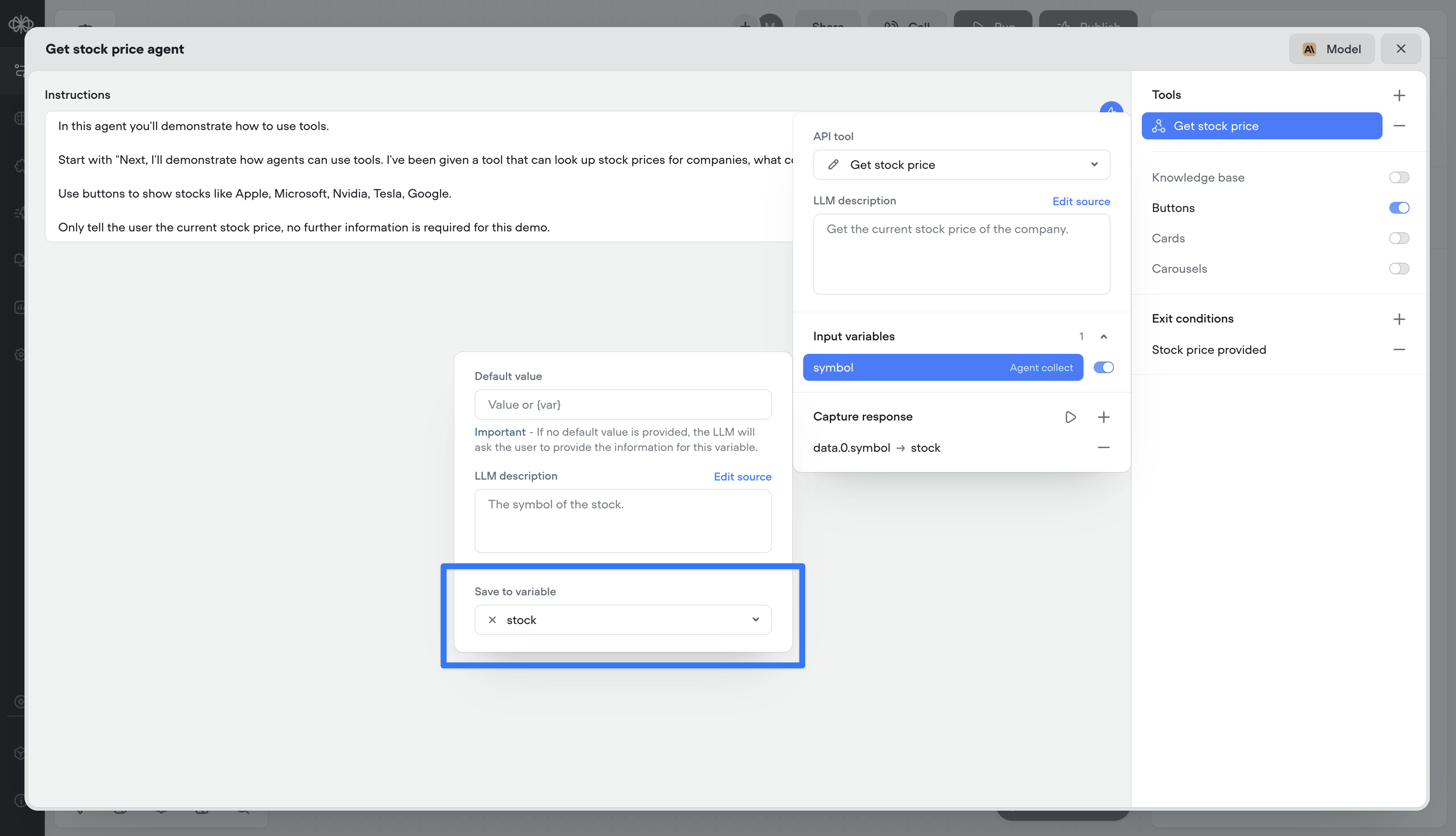MCP tools
by Michael HoodSupercharge your agents by connecting directly to MCP servers.
- 🔌 Connect to MCP servers in just a few clicks
- 📥 Add MCP server tools to your agents
- 🔄 Sync MCP servers to stay up-to-date
Bring in any tool, expand what your agents can do, and take your workflows to the next level.








